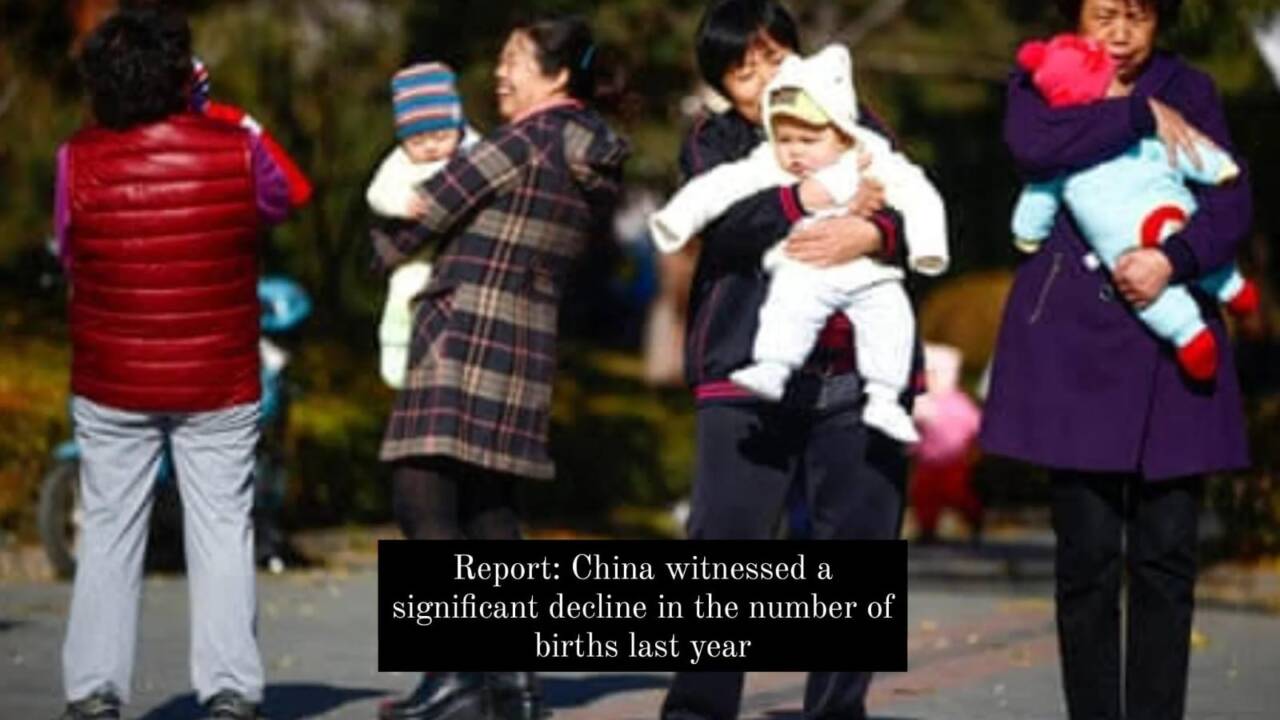
China experienced a notable decrease in its birth rate last year, despite extensive government measures to encourage parenthood, with births in the nation declining by 10 percent, reaching the lowest level on record. This significant drop has raised concerns about demographic imbalances in the country.
According to a report from the National Health Commission, China recorded only 9.56 million births in 2022, marking the lowest figure since records began in 1949. Just the year before, China’s population decreased for the first time in six decades, falling to 1.41 billion people.
This demographic trend has led local demographers to worry that China might “age before it gets rich.” Such a scenario could impede economic growth as government revenues decline and healthcare and welfare costs rise, resulting in increased government debt.
Several factors contribute to this population decline, including the high costs of childcare and education, rising unemployment, job insecurity, and gender discrimination. These challenges have discouraged many young couples from having more than one child or even having children at all.
Previously, much of this demographic decline could be traced back to China’s one-child policy, which was implemented in 1980. It was abandoned in 2015, and since then, certain changes have occurred in population dynamics.

Post Your Comments